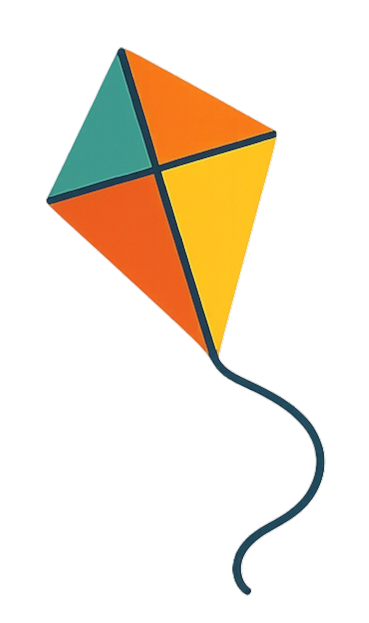Building relationships, supporting growing minds.
At Growing Minds Psychology, we provide evidence-based assessment and treatment within a supportive and trusting environment, offering comprehensive services and consultation under one roof. We value communication and collaboration within the highest standard of care. With a deep understanding of schools, we are experts in helping children and young adults both clinically and educationally. Our focus is on the entire context of a child’s life to deliver the most appropriate supports for growing minds.
Our Mission
At Growing Minds, our mission is to help children, teens, and families build resilience, confidence, and meaningful skills to thrive in everyday life. As a small, collaborative team, we combine the expertise of specialists with the warmth of a boutique practice, creating a welcoming environment where families feel known and supported. By working closely together across both evaluations and treatment, we provide seamless care that empowers children and parents alike—helping them navigate challenges, discover strengths, and grow toward lasting well-being.
Our Core Values
-

Integrated
Connecting psychology, education, and development for a complete picture of growth. We bring together insights from multiple fields to see the whole child and create plans that truly support meaningful progress.
-

Responsive
Care that adapts as your child’s needs evolve. We listen closely, adapt quickly, and ensure our approach always meets the changing needs of each child and family.
-

Evidence-Based
Grounded in research, guided by results. Every recommendation we make is rooted in science and proven practices, giving families confidence and clarity.
-

Individualized
Personalized support for every unique journey. We take time to understand each child’s strengths, challenges, and story, tailoring our care to fit their unique path.
Individual Therapy
Cognitive behavior therapy provides children, teens, and young adults with a safe and supportive space to explore their thoughts, feelings, and challenges. Using evidence-based approaches, our therapists help clients develop coping skills, improve emotional awareness, and build resilience. Sessions are tailored to each child’s unique needs, whether they are managing anxiety, OCD, ADHD, or other difficulties. With guidance and support, children gain confidence and practical tools to handle life’s challenges more effectively.
Neuropsychological Evaluations
Neuropsychological evaluations provide a detailed understanding of a child’s thinking, learning, and academic skills. By combining standardized testing with input from parents, teachers, and prior schoolwork, we create a clear picture of how a child is functioning day to day. These evaluations highlight both strengths and areas of challenge, while offering practical recommendations for supports and strategies. Families leave with clear guidance and a roadmap for helping their child succeed at home, in school, and beyond.
Parenting Support
Our parenting programs gives caregivers tools and strategies to better manage challenges at home while strengthening positive, trusting relationships with their children. Through coaching and guidance, parents learn practical ways to respond to difficult behaviors, build consistency, and set fair limits with encouragement and reinforcement. Parents practice how to guide their children in facing the hard things they need to do. The skills built at home naturally carry over into school, friendships, and other settings, helping children grow with greater resilience and confidence.
Groups
Our groups give children and teens the opportunity to learn and practice new skills alongside peers who share similar challenges. In a supportive and structured setting, participants build coping strategies, strengthen social connections, and gain confidence facing difficult situations. Each group is guided by evidence-based approaches and tailored to meet the developmental needs of different age ranges. The skills learned in group sessions carry over into home, school, and social settings, helping children feel more capable and connected in their everyday lives.






